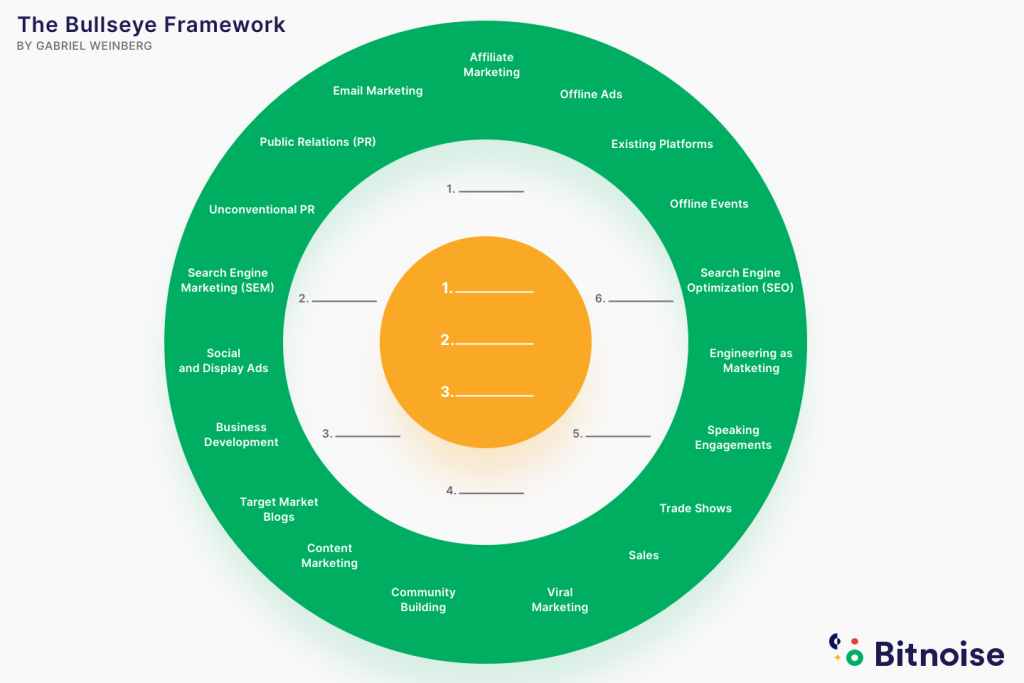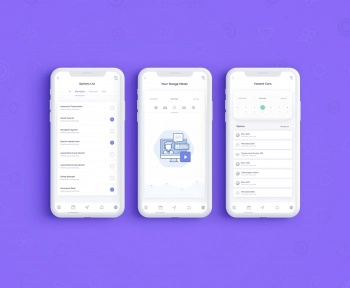“What is the best channel to use to get traction for my startup” — This is my most frequently asked question from founders.
My ANSWER
I don’t know…. I really don’t. I can do educative guesses but in the end, I don’t know.
Why?
Because the best traction channel (that will bring growth) is different for each startup, in most cases, different for startups in the same industry. Just like marriage, you have to find “THE ONE” for your startup. You have to get your hands dirty by running experiments and testing out different channels in other to find “THE ONE”.
One channel is likely optimal. Most businesses get zero distribution channels to work. Poor distribution — not product — is the number one cause of failure. If you can get even a single distribution channel to work, you have a great business. If you try for several but don’t nail one, you’re finished. So it’s worth thinking hard about finding the single best distribution channel. — Gabriel Weinberg
In this article, we will analyze the steps to finding the core traction channel for your startup with excerpts from the book- “Traction: how any startup can achieve explosive customer growth by Gabriel Weinberg and Justin Mares”.
From research, Gabriel identified 19 different traction channels to achieve growth for any startup.
19 Traction Channels
- Targeting Blogs
- Publicity
- Unconventional PR
- Search Engine Marketing
- Social and Display Ads
- Offline Ads
- Search Engine Optimization
- Content Marketing
- Email Marketing
- Engineering as Marketing
- Viral Marketing
- Business Development
- Sales
- Affiliate Programs
- Existing Platforms
- Trade Shows
- Offline Events
- Speaking Engagements
- Community Building
This is both good and bad news, good news is there are different and plenty of ways to get customers and the bad news is mainly due to limited resources a startup cannot possibly use all channels, at least not at the same time.
That’s where the bull’s eyes framework comes into play.
Don’t miss out on awesome startup marketing content. Subscribe to Startup Marketing Newsletter.
Bullseyes Framework
Gabriel used the Bullseye framework to help startup founders and marketers filter the best possible channels for traction and growth. This can be achieved by taking a journey from the outer ring circle which consists of all 19 channels to the middle ring and then to the inner ring which focuses on 1–3 core traction channels.

1. The Outer Ring: what’s possible
The outer ring is where the out of the box brainstorming starts. The purpose of this ring is to “systematically counteract your traction channel biases”.
The traction bias is favouring one traction channel because of familiarity and dismissing traction channels with little or zero experience in executing. Don’t dismiss a potential traction channel, a channel with which you have zero experience to date.
Just like you, your competitors might also dismiss the channel because of zero experience, which means everyone might be missing out on a gold mine.
So in this stage, write out possible experiments you can carry out for each traction channel no matter how feasible it may look. The point is to get all ideas down and leave no stone unturned.
2. The Middle Ring: what’s probable
The second stage is the middle ring to know what’s probable. Writing all your ideas down is the first step. Next, you need to separate your most probable experiments and most likely to bring in traction
Go around your outer ring and to promote your best traction channel ideas to your middle ring” — Gabriel Weinberg
For each traction channel in your middle ring, now construct a cheap traction test you can run to determine if the idea really is good or not. These tests should be designed to roughly answer the following three questions:
- How much will it cost to acquire customers through this channel?
- How many customers are available through this channel?
- Are the customers that you are getting through this channel the kind of customers that you want right now?
The rule of thumb is to run tests that are affordable and easy to execute.
3. The Inner Ring: What is working for you
The third and final step in Bullseye is to focus solely on the channel that will move the needle for your startup: your core channel.
If all goes well, one of the traction channels you tested in your middle ring produced promising results. In that case, you should start directing all your traction efforts and resources toward this most promising channel. You hit the bullseye! You’ve found your core channel.
At any stage in a startup’s life cycle, one traction channel usually dominates in terms of customer acquisition. That is why the author suggests focusing on one at a time, but only after you’ve identified a channel that seems like it could actually work.
The goal is to move from strategies to tactics. Iterate on every available tactic to get the best of your core channel.
Inner Ring tests have two purposes:
· To find your very best traction channel strategy
· To discover further better traction channel strategies
Steps you need to take to identify your core growth channels
- Write out experiments for all 19 traction channels.
- Pick out your top 6 probable channels for experiments
- Grade the experiments using the ICE grading system — Impact, confidence and Ease of implementation
- Start running experiments for the top 6
- Analyze your results and pick the top 3
- Focus on iterating on the top 3 channels and scaling in those channels
Every startup is different. What worked for Startup A might not work for Startup B, that’s why you have to get your hands dirty and do the work of experimentation and iteration, more on this in our building a growth engine article.
It’s good to get ideas and insights from other startups’ growth stories but when it comes to finding traction for your business you have to run your experiments and look inward.
Why should you bother with the bullseye framework?
- You can identify hidden and viable traction channels that your competitors might not have identified
- It pushes your team to think out of the box
- It opens up new growth possibilities for your startup
- You learn from experiments and scale from there
Thinking out of the box to get traction is critical for any startup’s growth. Airbnb is a great example of that.
They identified several growth hacks that gave them massive early growth.
Airbnb GROWTH STORY.
Acquisition:
Craigslist growth hack — very early on, anyone who listed on Airbnb could cross-list on Craigslist with one click, Airbnb helped by filling out all Craigslist forms with a ‘bot.’ The hack required some technical gnarl to perform, but it was perfect for this early stage. The team also appeared to look for all listings of vacation properties being listed on Craigslist and emailed the owners to list also on Airbnb.
Retention:
After her early growth, Airbnb realized that they were not getting good retention and bookings from the platform. After several user research, they found out that the apartment listing on the website had poor picture quality. People could not see what they were paying for. So they develop a hypothesis that better photo quality of the apartments will increase booking.
They bought a $5000 camera and went to different users on their platform and start taking pictures and uploading them to the website. They saw massive growth in bookings on the website. They later went ahead to create a photography program to scale their experiment to reach all their potential and current users.
Don’t forget to share with a founder and leave a comment on what you think about the traction framework.
Read up on the next article in the Startup Growth Marketing series – TURNING VISITS TO CUSTOMERS



